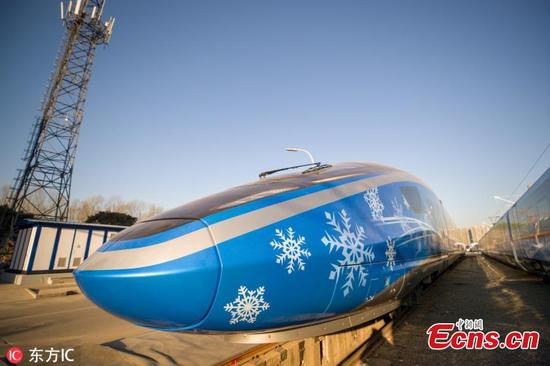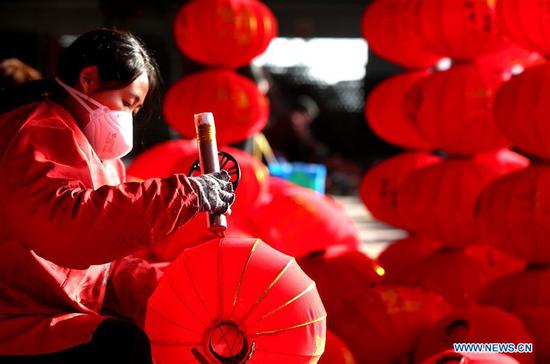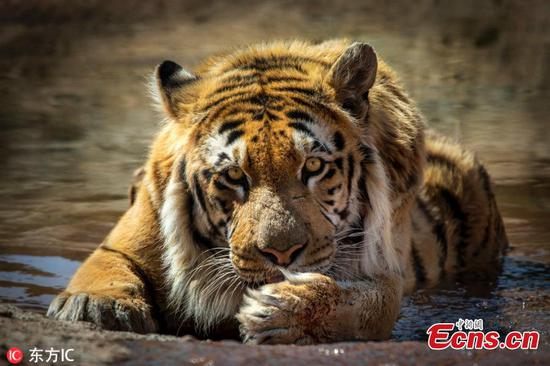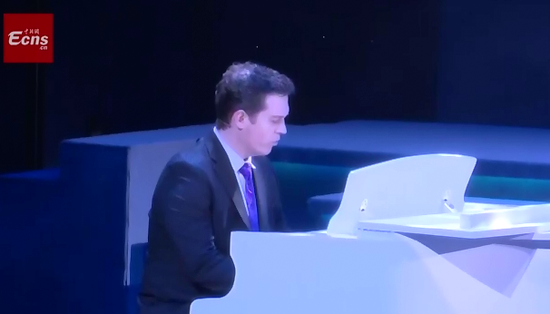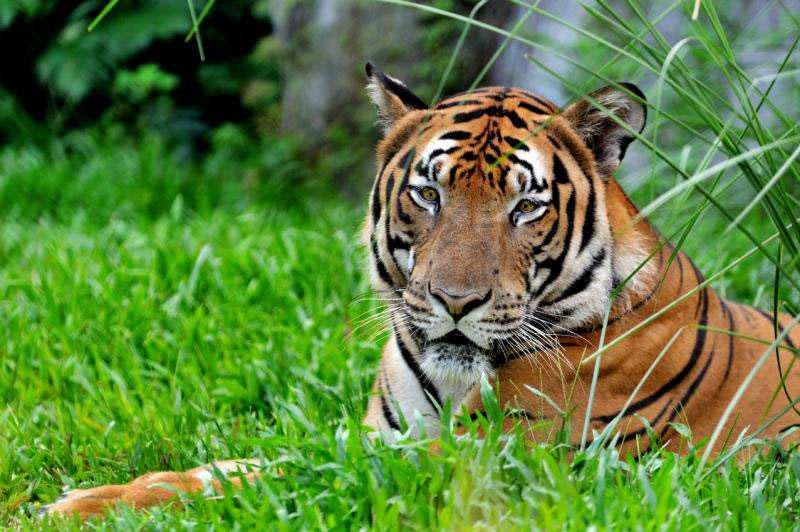
The South China tiger Kang Kang, whose DNA was sent into space for backup storage by the Long March 11 carrier rocket on Saturday. (Photo provided to chinadaily.com.cn)
Dry powder of DNA from a South China tiger of the Guangzhou Zoo was blasted into space by the Long March 11 carrier rocket on Saturday for backup storage of the genes of this endangered species.
The DNA launched at the Jiuquan Satellite Launch Center in northwestern China comes from the blood of a male South China tiger named Kang Kang, according to the zoo in Guangzhou, capital of Guangdong province.
On orbit about 1,000 kilometers above the ground and banking on the low temperature and vacuum in space, the launch marks a positive exploration in the protection and backup of species resources.
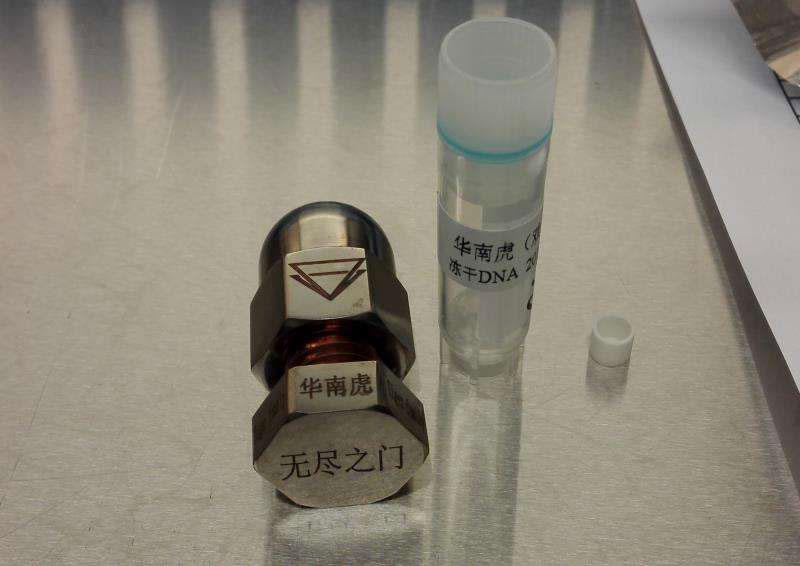
The container for holding the dry powder of DNA of a South China tiger.(Photo provided to chinadaily.com.cn)
It helps prevent the risk of losing such resources and may provide the last defense of original gene data of species on earth, protecting it from human influence.
The South China tiger used to inhabit eastern, central and southern China, and stands out as a tiger species unique to China. Living South China tigers are currently seen only in zoos.
The transport this time was arranged in partnership with Endless Door, an aerospace technology company in Shenzhen, Guangdong province, which has jointly developed containers for the dried DNA powder together with China Academy of Launch Vehicle Technology.
The container is designed to safeguard against space radiation and sudden high temperatures.
Previous research has proven successful storage of human and animal gene samples can be achieved in orbit.
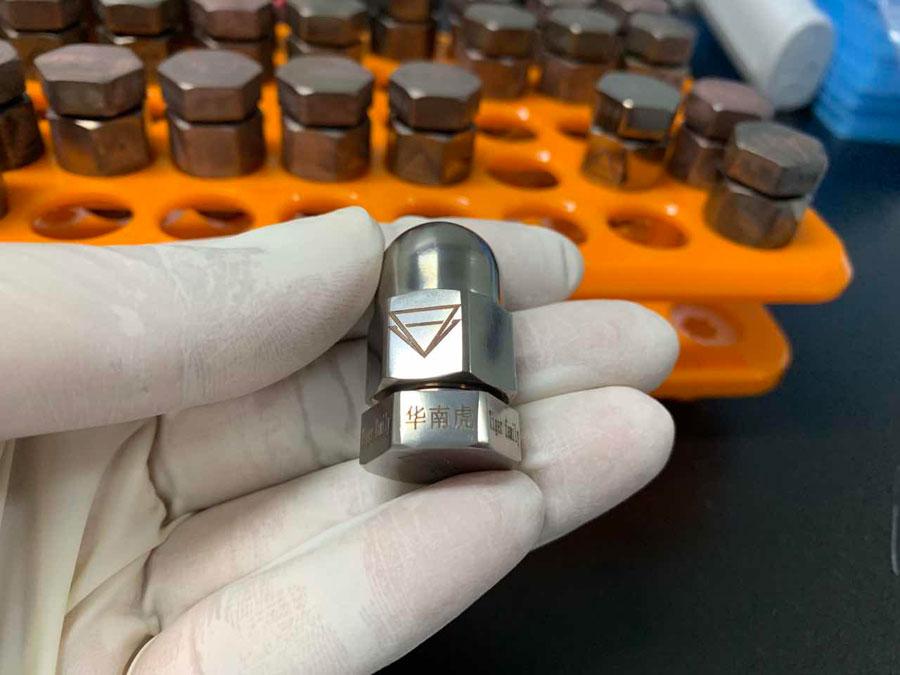
The container for holding the dry powder of DNA of a South China tiger and the powder itself. (Photo provided to chinadaily.com.cn)
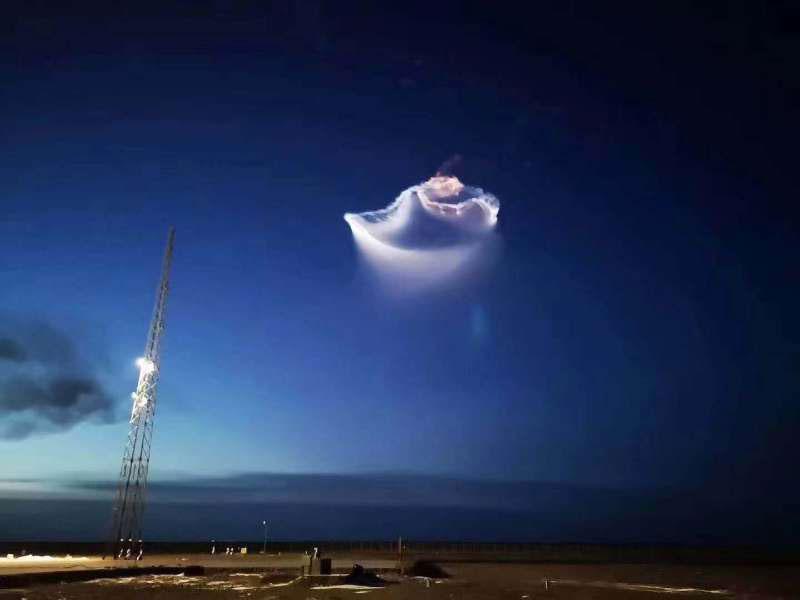
The Long March 11 carrier rocket, which launched the dry powder of DNA of a South China tiger into space on Saturday. (Photo provided to chinadaily.com.cn)
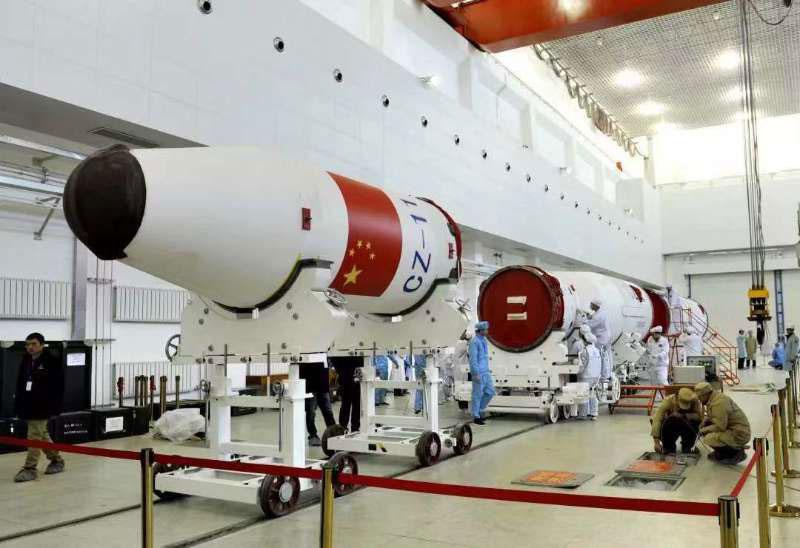
The launch site for the Long March 11 carrier rocket, which took the dry powder of DNA of a South China tiger into space on Saturday. (Photo provided to chinadaily.com.cn)











